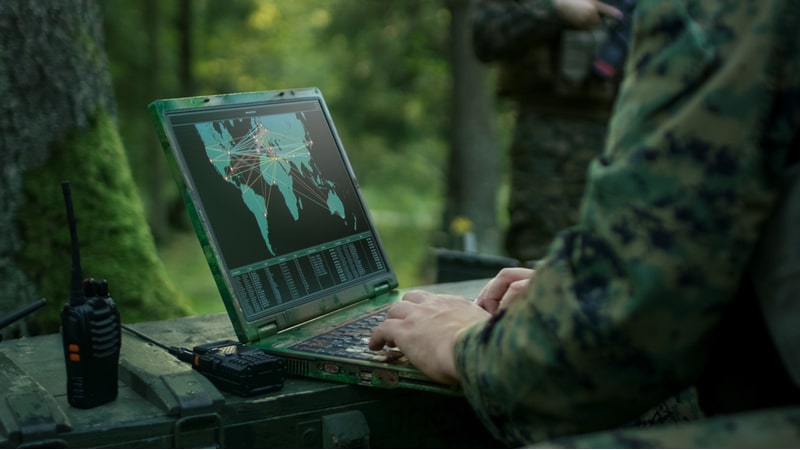
The United States Army wants to freely send data back and forth from its legacy enterprise systems to the tactical edge, and Army officials said the key to getting there is mapped out in the service branch’s recently released strategy to unify tactical and enterprise networks and ultimately create a common data fabric.
The Army Unified Network Plan (AUNP), released Oct. 8, will help the Army establish a Multi-Domain Operations (MDO) capable force by 2028, and continuously modernize that network as information technologies (IT) rapidly evolve.
The AUNP features three phases; phase one, which is currently underway, ensures the establishment of a standardized, integrated security architecture that sets the foundation for the Unified Network and enables the rapid deployment and immediate conduct of operations anywhere in the world.
Phase two, set to begin in 2025 and be finalized in 2027, is to have a fully postured Unified Network to support the MDO Way Point force of 2028.
And given the rapid and consistent evolution of IT and the cyber domain, there is no end to phase three, which demands the continuous modernization of the Unified Network. “It is a continuous process, and there is no set end state for the Unified Network,” the strategy document says.
“Our potential adversaries’ threats continue to increase in number, degree of complexity and level of physical and technical damage they can inflict,” said Lt. Gen. John Morrison Jr., deputy chief of Staff of G-6, in a press release. “The Unified Network gives the Army the ability to operate in a highly contested and congested operational environment with speed and at a global range that enables the decision dominance commanders need to maintain overmatch.”
The AUNP also establishes five lines of efforts (LOEs) critical to shaping, synchronizing, integrating, and governing the Army’s Unified Network modernization efforts, and helping to synchronize the personnel, organizations, and capabilities required to enable MDO at different stages:
- LOE 1: Establish the Unified Network – Enabling Multi-Domain Operations;
- LOE 2: Posture the Force for Multi-Domain Operations;
- LOE 3: Security and Survivability – Commander’s Freedom of Action in Cyberspace;
- LOE 4: Reform Processes and Policies – Improve Performance and Affordability; and
- LOE 5: Network Sustainment – Sustain Enterprise ad Tactical Networks.
According to Army officials, the Unified Network is a holistic approach that addresses people, training, organizations, policies, and processes. It will enable Army formations to operate in highly contested and congested operational environments with the speed and global range to achieve decision dominance and maintain overmatch.
“In simple terms, this means that Soldiers will be able to securely access and operate on the network with the information they need,” Brig. Gen. Jeth Rey, director of the Network Cross-Functional Team, said in a press release.
In the past, the Army has made significant strides toward modernizing its tactical formations with the deployment of Integrated Tactical Network capability sets. Still, enterprise modernization efforts at the strategic and operational levels have significantly lagged and focused primarily on unclassified local area networks on Army installations. The AUNP intends to solve this unbalanced approach that, according to officials, creates unintended seams.
In addition to the AUNP officials have also crafted the Army Digital Transformation Strategy, currently under review and awaiting final approval, and representing another key component of the branch’s overarching modernization efforts.
